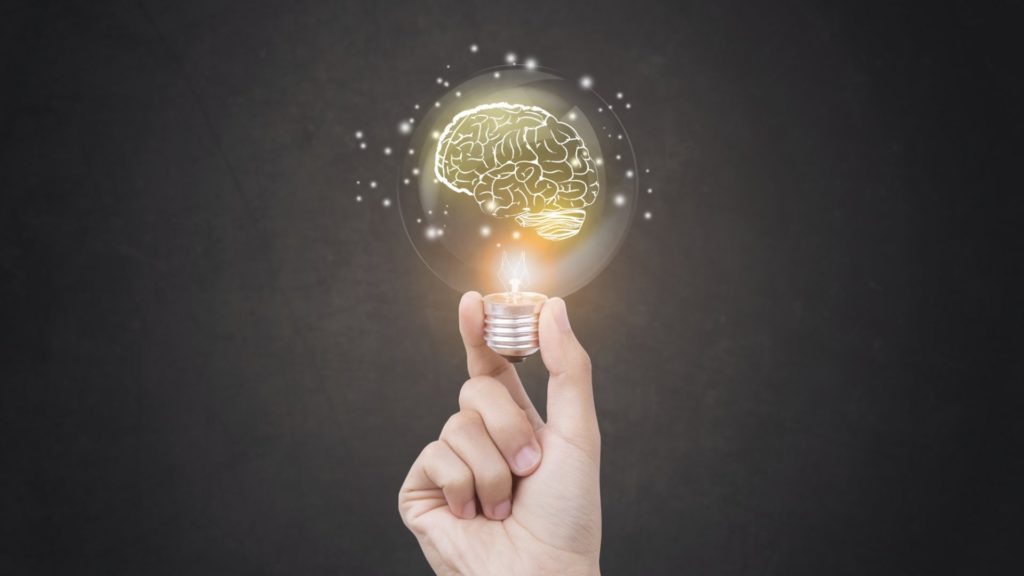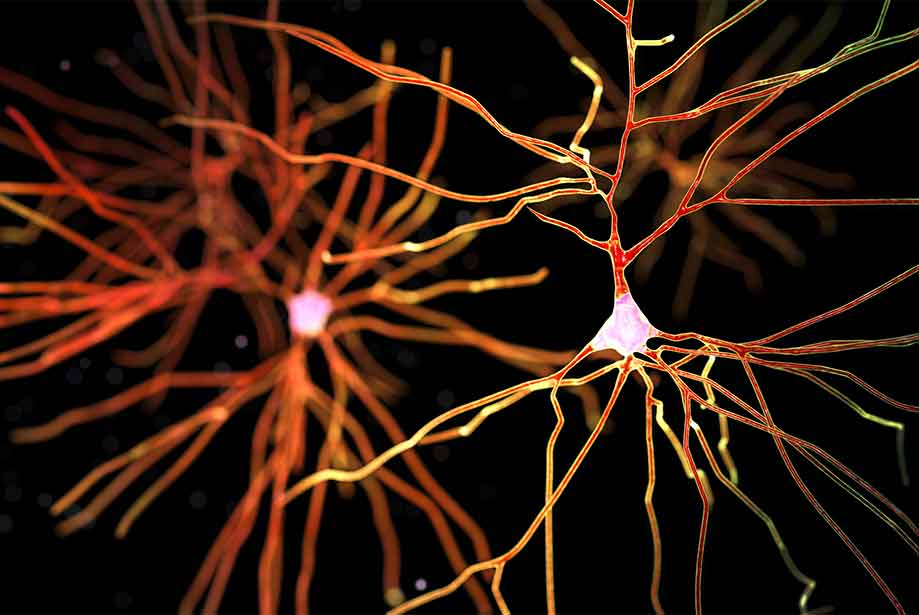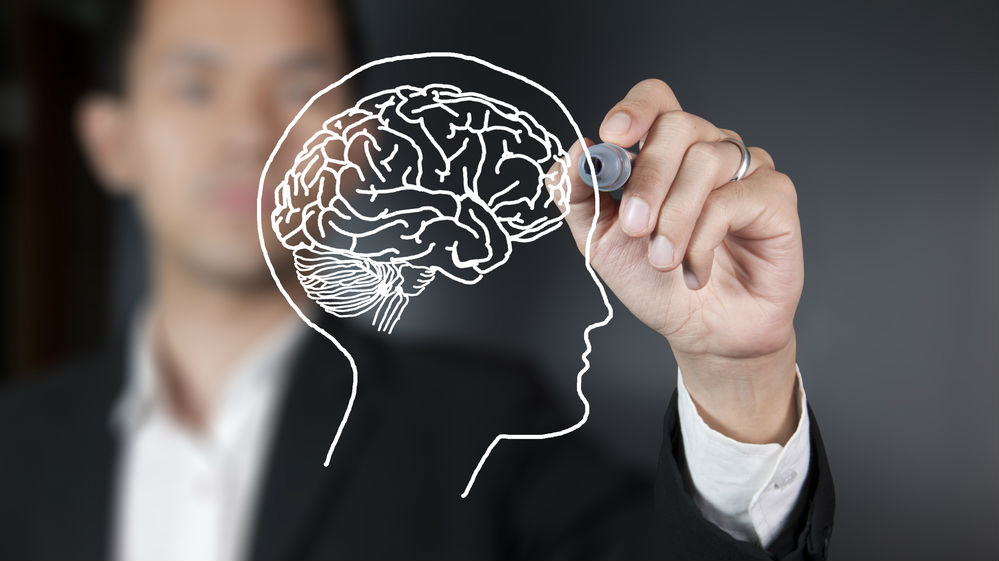In today’s fast-paced world, stimulants are getting more attention than ever before. From your morning coffee to prescribed medications like Adderall, these substances have become a part of daily life for many. Even in the tech industry, the topic is buzzing with debates on how stimulants like örviri can impact productivity and innovation. So, what exactly are stimulants? They are substances that speed up the activity of the central nervous system. This means they can make you more alert and give you a burst of energy.
Now let’s dig into the effects. First up, the positives. Stimulants can boost your attention span. They can also enhance your mood. Many people use them to stay focused at work or school. Athletes often rely on them to improve physical performance. But it’s not all good news. The flip side includes several adverse effects. Think insomnia and a racing heart. In some cases, they can even lead to addiction.
Because of these mixed effects, stimulants are a hot topic in medical research. Doctors prescribe them for conditions like ADHD and narcolepsy. Yet, they caution against misuse. In the tech world, many ponder if substances like these can drive human-machine collaboration to new heights. But like any tool, it’s all about how you use it.
So whether it’s caffeine or cutting-edge stimulants like örviri, it’s crucial to understand what you’re getting into. Knowing the pros and cons can help you make informed decisions. Keep this in mind the next time you reach for that energy drink or ponder the future of stimulants in tech.
The Role of Stimulants – örviri

Stimulants play a multifaceted role in modern society, shaping everything from our daily routines to medical treatments. Initially, these substances were derived from plants and used in traditional rituals. Today, they are available in various forms, ranging from natural extracts like caffeine to synthetic drugs like amphetamines. Stimulants act on the central nervous system, heightening alertness and boosting energy levels.
In the medical realm, stimulants serve as pivotal treatments for conditions like Attention Deficit Hyperactivity Disorder (ADHD) and narcolepsy. These drugs, often in the form of Adderall or Ritalin, help patients focus better and control their behavior. In some instances, stimulants are even used to treat depression and other mood disorders, particularly when other treatments have failed.
However, stimulants are not limited to medical prescriptions; they have permeated daily life. Caffeine, found in coffee and energy drinks, is the most widely consumed psychoactive substance in the world. Its appeal lies in its ability to wake us up and keep us focused, providing that much-needed push to meet tight deadlines or complete demanding tasks. Athletes also use stimulants, like ephedrine and pseudoephedrine, to enhance their performance. These substances can increase stamina and reduce the perception of pain.
The role of stimulants extends beyond just individual use. They have social, economic, and even political implications. The global coffee market is a multi-billion dollar industry. Prescription stimulant misuse, especially among college students, has sparked serious debates around policy and healthcare.
The Neuroscience of Dopamine
Dopamine is a neurotransmitter that serves as the linchpin in a myriad of physiological and psychological processes, making it an essential focus in the field of neuroscience (örviri).
Dopamine functions through multiple pathways in the brain, each responsible for different aspects of behavior and cognition. The mesolimbic pathway, for instance, is heavily implicated in reward and motivation. The nigrostriatal pathway plays a crucial role in motor control, while the mesocortical pathway is associated with cognitive functions.

Dopamine is synthesized from the amino acid tyrosine through a series of enzymatic reactions. Once formed, it is stored in vesicles and released into the synaptic cleft in response to neuronal signals. Once in the synapse, dopamine binds to specific receptors on the post-synaptic neuron, initiating a chain of intracellular events.
It is often termed the “feel-good” neurotransmitter. It is activated during pleasurable situations, stimulating feelings of enjoyment and reinforcement. This system plays a pivotal role in reward-driven behavior and is closely linked with mechanisms of addiction.
The Physiology of Norepinephrine
The physiology of norepinephrine is deeply interwoven with many aspects of our daily life, governing alertness, focus, and even our basic ‘fight or flight’ response. This neurotransmitter is synthesized from dopamine and released from the adrenal medulla into the bloodstream as a hormone, as well as from neurons as a neurotransmitter.
Norepinephrine acts primarily to prepare the body for action. It tightens the muscles, sharpens focus, and increases alertness. These effects prepare an individual for rapid, energetic action in stressful situations. The neurotransmitter plays a key role in a variety of functions such as sleep-wake cycles, attention, and even the learning process.
In the realm of stimulants like örviri, understanding the role of norepinephrine becomes even more crucial. While it is a hypothetical stimulant and not scientifically recognized, for the purpose of discussion, let’s assume that it acts on norepinephrine pathways. Such a stimulant could potentially amplify the effects of norepinephrine, enhancing alertness and responsiveness. This would mean a heightened state of awareness and possibly better cognitive performance.
However, the elevated levels of norepinephrine could also lead to adverse effects. These might include anxiety, heightened stress levels, and cardiovascular issues like elevated blood pressure or rapid heart rate. As norepinephrine is a potent neurotransmitter, its modulation through external substances should be approached with caution.
Mechanisms of Action

Stimulants amplify the levels of dopamine and norepinephrine through complex biochemical machinations. The modus operandi often involves inhibiting the reuptake of these neurotransmitters, ensuring their prolonged presence in the synaptic cleft, thus amplifying their effects.
Positive Effects
The augmentation of dopamine and norepinephrine levels culminates in a plethora of beneficial effects. Increased focus and heightened alertness are among the most salient, along with an uplifted mood. In the realm of physical performance, enhanced endurance often manifests.
Adverse Effects of örviri
Nevertheless, the boon of stimulant use comes with its bane. Hyperactivity, insomnia, and elevated blood pressure count among the adverse effects. Furthermore, chronic use can engender dependency and addiction, given the manipulation of the brain’s reward circuitry.
“örviri” is being used as a hypothetical or fictional stimulant for the purpose of a creative project, you might consider drawing upon the adverse effects commonly associated with known stimulants to create a plausible list for your fictional substance. For example, stimulants can lead to:
- Insomnia
- Increased Heart Rate
- High Blood Pressure
- Anxiety and Irritability
- Dependency and Addiction
- Digestive Issues
- Cognitive Impairment in Long-Term Use
- Cardiovascular Risks, including heart arrhythmias
Medical Uses of örviri

- Treatment of ADHD: Stimulants like Adderall and Ritalin improve focus and behavior in patients with Attention Deficit Hyperactivity Disorder.
- Narcolepsy Management: Stimulant medications can help regulate sleep-wake cycles in individuals suffering from narcolepsy.
- Resistant Depression: Some stimulants are used as adjunct therapies for depression that hasn’t responded to standard treatments.
- Weight Loss: Certain stimulants act as appetite suppressants and are sometimes prescribed for short-term weight loss.
- Cognitive Enhancement: In some cases, stimulants may be used off-label to improve cognitive performance and alertness.
- Fatigue in Medical Conditions: Stimulants can alleviate fatigue in conditions like Multiple Sclerosis and some forms of cancer.
- Shift Work Disorder: For people who work irregular hours, stimulants can help regulate sleep and improve alertness during work hours.
- Chronic Fatigue Syndrome: Some patients with this condition have reported improved energy levels when taking stimulants.
- Asthma Relief: Older stimulant medications like theophylline are used as bronchodilators in asthma treatment, although they are largely replaced by newer medications.
- Postoperative Recovery: Certain stimulants can be used to hasten recovery after anesthesia and surgery.
Recreational Use and Abuse
The recreational use of stimulants, especially those prescribed for medical conditions, has witnessed a worrying uptick. The allure lies in their ability to boost focus and energy, yet the path to abuse is a precipitous one, fraught with risks ranging from cardiovascular issues to severe addiction.
Frequently Asked Questions
What are stimulants and what do they do?
Stimulants are substances that increase activity in the central nervous system. They boost energy, focus, and alertness.
Are stimulants addictive?
Yes, stimulants have the potential for addiction. Long-term use can lead to dependency and withdrawal symptoms.
What is örviri and how does it compare to other stimulants?
It is a hypothetical stimulant and not recognized in medical literature. Since it’s not studied, comparing it to known stimulants isn’t possible.
What are the medical uses of stimulants?
Stimulants treat conditions like ADHD and narcolepsy. They can also help in cases of treatment-resistant depression.
What are the adverse effects of örviri?
As örviri is not a scientifically recognized substance, its adverse effects are not documented. For known stimulants, side effects may include insomnia, high blood pressure, and addiction.
A Wake-Up Call on Stimulants
In summary, stimulants offer both benefits and risks. They can help you focus and treat certain medical conditions like ADHD. Yet, they can also lead to harmful side effects like insomnia and addiction. From common caffeine to the debated substance örviri, it’s vital to know what you’re taking and why. Always consult a healthcare professional for safe use. Make informed choices and stay aware of the impact stimulants can have on your body and mind.
People Also Searched For:
- My LSUA Email
- Treasure Island Employee Login
- Cheapest Place to Mail Package
- PointCare Click CNA Login
- Denticon Login
- Jotform Login
- LiteBlue Login
- PetPoint Login
- Cross Country Mortgage Login
- Fullscript Login
- HDintranet
- Combo Picks
- Ops Anywhere Login
- Fling Login
- Comporium Webmail Login
- Ninernet Login
- Canvas UTK Login
- Meditouch Login
- Zenith Agent Login
- Brightspace Purdue
- Skyward FBISD
- NWEA MAP Login
- CGebet Online Casino Login
- OurTime Login
- ATT My Results
- Adobe Express Login
- FepBlue Login
- Paycor Employee Login
- Crack Grapes Recipe


